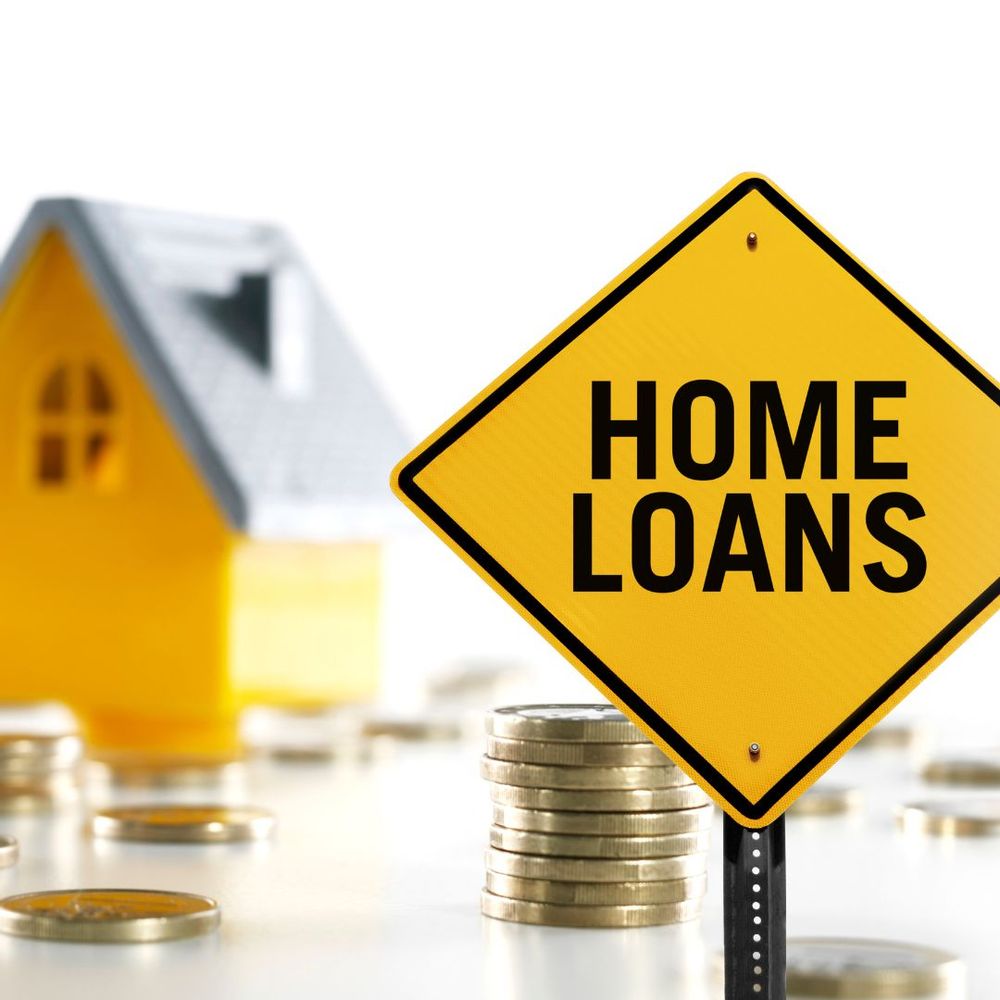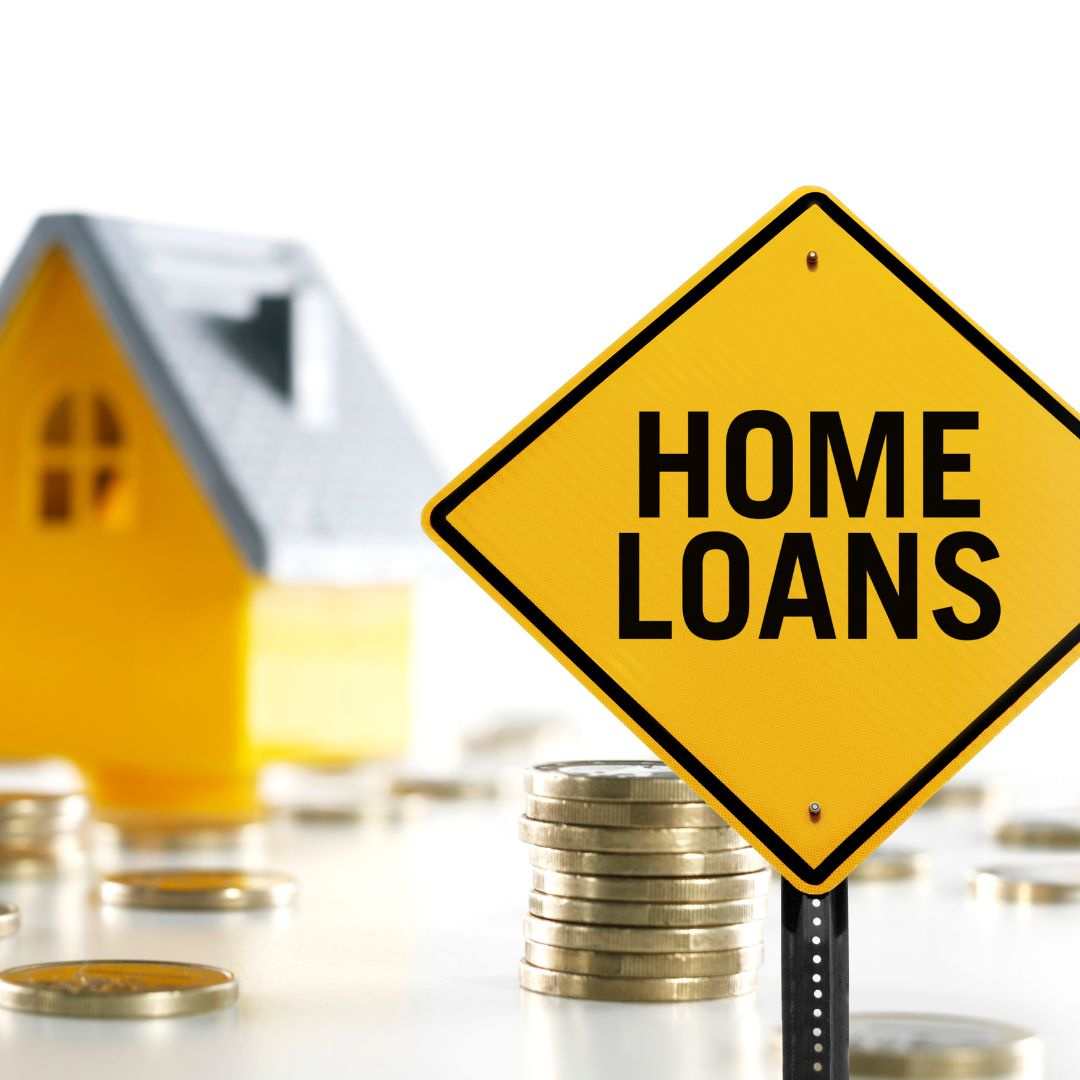Purchasing a home is an exciting milestone, but it can quickly turn into a comedy of errors if your home loan application gets rejected. Many prospective homeowners find themselves scratching their heads and asking, "Why was my home loan rejected?" Understanding the reasons behind a rejection can help you navigate the process more effectively—and maybe even get a laugh out of it. Let’s explore some common pitfalls that can lead to a home loan rejection, with a sprinkle of humor along the way!
1. Lack of Pre-Approval
Picture this: you’re scrolling through listings, finding your dream home—complete with a sunroom and a pool—and then you realize you forgot to get pre-approved. It’s like going to a buffet on an empty stomach but forgetting your wallet. A common mistake homebuyers make is diving headfirst into the home search without securing pre-approval first. Pre-approval helps you understand your budget and reduces the risk of a rejection that feels like a slap in the face. So, before you fall in love with that mansion, make sure your finances are in check!
2. Poor Credit Score
Ah, the dreaded credit score—the mysterious number that seems to hold all the power. If your score resembles a high school GPA (and not in a good way), lenders might see you as more of a "risky business" than a "reliable borrower." It’s like trying to convince a date to go skydiving with you while you’re still paying off your last bad decision. Check your credit report for errors, and take steps to improve that score. Paying off debts, making payments on time, and avoiding new credit inquiries can help boost your score—and your chances of approval!
3. Employment Changes
Job stability is crucial when it comes to securing a loan. If you’ve recently switched jobs (especially within the last six months), lenders might treat your application like a first date that went terribly wrong. They want to see a consistent employment history, not a collection of short stints that scream, “I’m still figuring things out!” If you’re self-employed, be prepared for a bit more scrutiny. It’s like being on a reality show where you have to prove your worth to the lenders—complete with paperwork and financial gymnastics.
4. High Debt-to-Income Ratio
Your debt-to-income (DTI) ratio is like the “bouncer” at the club of home loans. If too much of your income is going toward debt payments, you might find yourself on the outside looking in. Lenders typically prefer a DTI ratio of 43% or lower. If you're higher than that, it’s like showing up to a fancy party in sweatpants—definitely not the look they’re going for! To improve your chances of approval, consider paying down existing debts or increasing your income. And remember, no one wants to hear about your extensive collection of debt; it’s best to keep that between you and your therapist!
5. Insufficient Down Payment
The down payment is the golden ticket to your new home. However, if you show up with a smaller down payment, lenders might treat you like you’re trying to buy a yacht with a pocketful of change. Ideally, aim for a down payment of at least 20% to avoid private mortgage insurance (PMI) and strengthen your application. If you can’t reach that magical number, be prepared to explain your situation. Just don’t say, “I thought I could charm my way in!”—that rarely works in financing.
Conclusion
Being rejected for a home loan can be disheartening, but it can also be a source of great laughter (once you get over the initial shock). By understanding the common reasons for rejection—like the importance of pre-approval, maintaining a good credit score, job stability, and managing your debt-to-income ratio—you can take proactive steps to improve your chances of success in future applications. With careful planning and a clear understanding of your financial situation, you can turn your dream of homeownership into a reality. And remember, if all else fails, there’s always the option of a tiny house on wheels—no credit check required!


